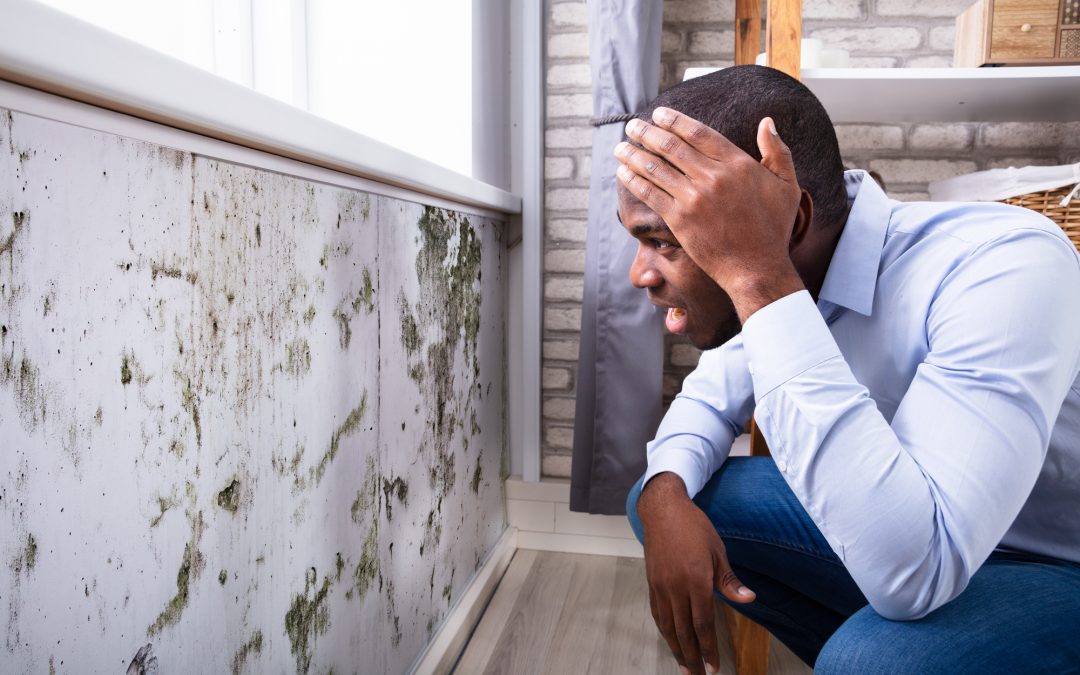Effective Post Mold Remediation Cleaning Protocols
Effective Post Mold Remediation Cleaning Protocols
Blog Article
Specialist Tips for Message Mold And Mildew Removal Success
In the realm of mold remediation, effectively eradicating mold is only half the fight; the true obstacle depends on avoiding its reappearance. Post-remediation initiatives play an important duty in making sure a mold-free environment in the long-term. By adhering to experienced ideas and ideal techniques, individuals can secure their rooms against mold and mildew renewal and keep a healthy indoor setting. It is in this phase of the removal procedure that focus to information and aggressive procedures genuinely make a distinction.
Display Moisture Degrees On A Regular Basis
After completing mold and mildew remediation treatments, keeping ideal humidity levels is vital to stop mold and mildew re-growth and ensure a healthy and balanced indoor environment. High moisture degrees over 60% produce a helpful setting for mold and mildew to prosper, making regular checking a proactive action to protect against any type of future mold and mildew concerns.
Additionally, establishing a regular schedule for moisture checks, particularly in high-risk locations such as basements, kitchen areas, and bathrooms, is a proactive technique to mold and mildew avoidance. By constantly monitoring moisture degrees, home owners can successfully mitigate the threat of mold and mildew reoccurrence and keep a healthy and balanced interior environment post-remediation.
Conduct Thorough Inspections Post-Remediation
Following the conclusion of mold remediation procedures, it is essential to carry out comprehensive evaluations to validate the effectiveness of the remediation process. These post-remediation examinations are essential in guaranteeing that the mold and mildew concern has been efficiently dealt with and that there is no reoccurrence or continuing to be mold and mildew growth. Evaluations need to be executed by certified experts who have experience in identifying mold and mildew and analyzing interior air top quality.
During these assessments, different techniques such as visual assessments, air sampling, and surface area tasting might be utilized to completely evaluate the remediated areas. Visual evaluations include a detailed evaluation of the facilities to inspect for any type of noticeable indications of mold development or water damage. Air sampling helps in determining the airborne mold spore degrees, while surface area tasting can detect mold bits on surfaces.
Implement Correct Ventilation Techniques
After ensuring the efficiency of the mold removal procedure with extensive assessments, the following crucial action is to concentrate on carrying out correct ventilation methods. Sufficient air flow is necessary in preventing mold reoccurrence by managing wetness levels and advertising air flow. To achieve this, it is advised to make use of exhaust fans in areas vulnerable to high moisture, such as washrooms and cooking areas. Furthermore, opening up doors and home windows when helpful hints weather condition allows can assist boost airflow and lower dampness accumulation. Air dehumidifiers and purifiers are also useful tools in keeping ideal interior air top quality.
Appropriate air flow not only help in stopping mold and mildew growth yet likewise adds to the total wellness and comfort of owners. By making sure sufficient ventilation throughout the building, you can minimize the danger of mold regrowth and produce a healthier living atmosphere.

Use Mold-Resistant Products for Services
To enhance the lasting efficiency of mold and mildew removal efforts, including mold-resistant products for fixings is vital in mitigating the threat of future mold growth. Mold-resistant products are created to hold up against moisture and hinder mold growth, making them a necessary choice for areas vulnerable to wetness and moisture. When fixing locations affected by mold, making use of products such as mold-resistant drywall, mold-resistant paints, and mold-resistant caulking can assist prevent mold reoccurrence.
Mold-resistant drywall is an excellent choice to typical drywall in locations like cellars and restrooms where moisture degrees are higher. When subjected to damp problems, this type of drywall has a special layer that resists mold development even. Additionally, making use of mold-resistant paints including antimicrobial agents can additionally hinder mold and mildew growth on walls and ceilings.
In areas where wetness is common, such as shower rooms and cooking areas, making use of mold-resistant caulking around tubs, sinks, and windows can assist secure out water and stop mold and mildew from holding in cracks and holes. By buying these mold-resistant materials navigate to these guys during repairs post-remediation, you can significantly decrease the likelihood of future mold problems and keep a much healthier indoor atmosphere.
Maintain Cleanliness and Address Water Issues
After mold and mildew removal, it is vital to maintain a tidy atmosphere to avoid the regrowth of mold and mildew. Leakages, water breach, or high humidity degrees can create the perfect reproduction ground for mold and mildew, so it is necessary to take care of any kind of water-related issues immediately.
To maintain tidiness, consider making use of HEPA filters in vacuums and air cleansers to catch mold spores and avoid their flow airborne. Additionally, making certain proper air flow in locations susceptible to moisture accumulation, such as kitchen areas and restrooms, can assist maintain moisture degrees in check. By remaining attentive about cleanliness and dealing with water concerns promptly, you can efficiently prevent mold and mildew reinfestation and preserve a healthy and balanced interior setting.
Final Thought

In the realm of mold and mildew remediation, successfully eradicating mold and mildew is just half the battle; the true obstacle exists in avoiding its reappearance. After finishing mold removal treatments, keeping optimum moisture levels is vital to protect against mold re-growth and ensure a healthy and balanced indoor environment. High moisture levels over 60% create a favorable environment for mold and mildew to thrive, making regular keeping an eye on a positive measure to stop any future mold and mildew issues.
To boost the long-term performance of you can try this out mold removal efforts, including mold-resistant materials for fixings is important in mitigating the threat of future mold and mildew development. After mold remediation, it is crucial to maintain a clean environment to avoid the regrowth of mold and mildew.
Report this page